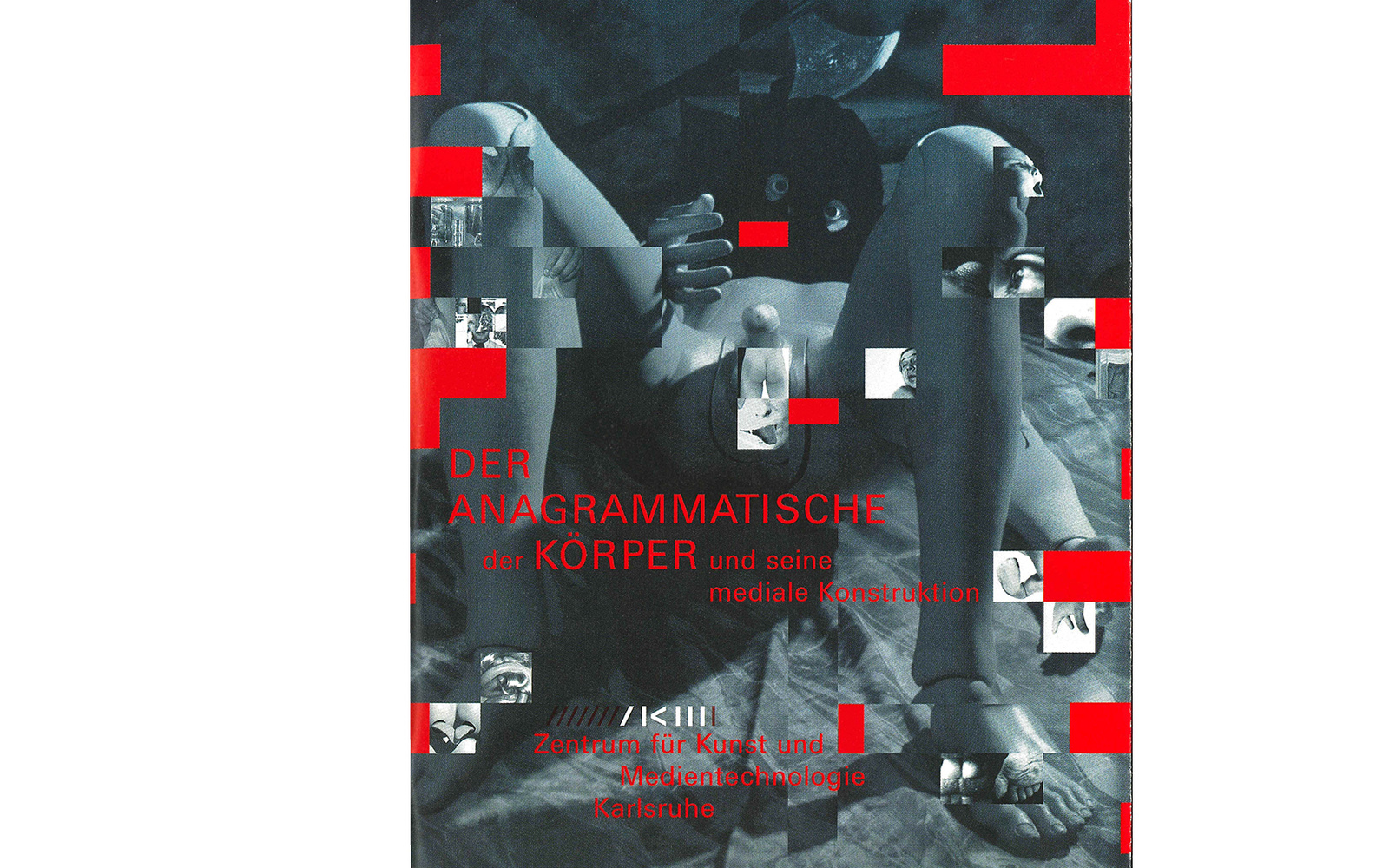- Exhibition
The Anagrammatic Body
Sat, April 08 – Sun, August 27, 2000
- Location
- ZKM | Media Museum
In the art of the 20th century, the category of the beautiful was subjected to radical change. The familiar classical ideal of beauty, especially the ideal beautiful athletic body in the succession of antiquity, were banished from the discourse of modernity. "The impulse of modern art is the desire to destroy beauty." (Barnett Newman, 1948) Only in National Socialism and other totalitarian systems, which waged a struggle against modernity and its fragmented body, did the beautiful ideal body return. In the mass media, from tabloids to Hollywood films, and in body culture, from cosmetics to sports, beauty became an industry that normatively and compulsively prescribed ideals. In modernist art, on the other hand, from Picasso to Bacon, we find images of a dismembered and destroyed, a manipulated and discordant, a crushed and tortured body.
The modernist image of the body is particularly shaped by the "condition of photography" (Rosalind Krauss), which is further developed by new media. Painting and sculpture are also influenced by this condition. Therefore, it is legitimate to speak of a photographic condition or media construction of the body. The body has become an image through the media, and the real body tries to conform to the image that the media has designed of it. Art reacts to the media construction of the body and forms reserves of the human precisely by critically examining the media conditions of the new constructions of the human.
Imprint
- Curator
Team
Markus Graf (exhibition architecture)
Anja Grunwald (exhibition architecture)
Martin Häberle (technical project management)
Sabine Himmelsbach (project management)
Stefan Kölmel (exhibition architecture)
